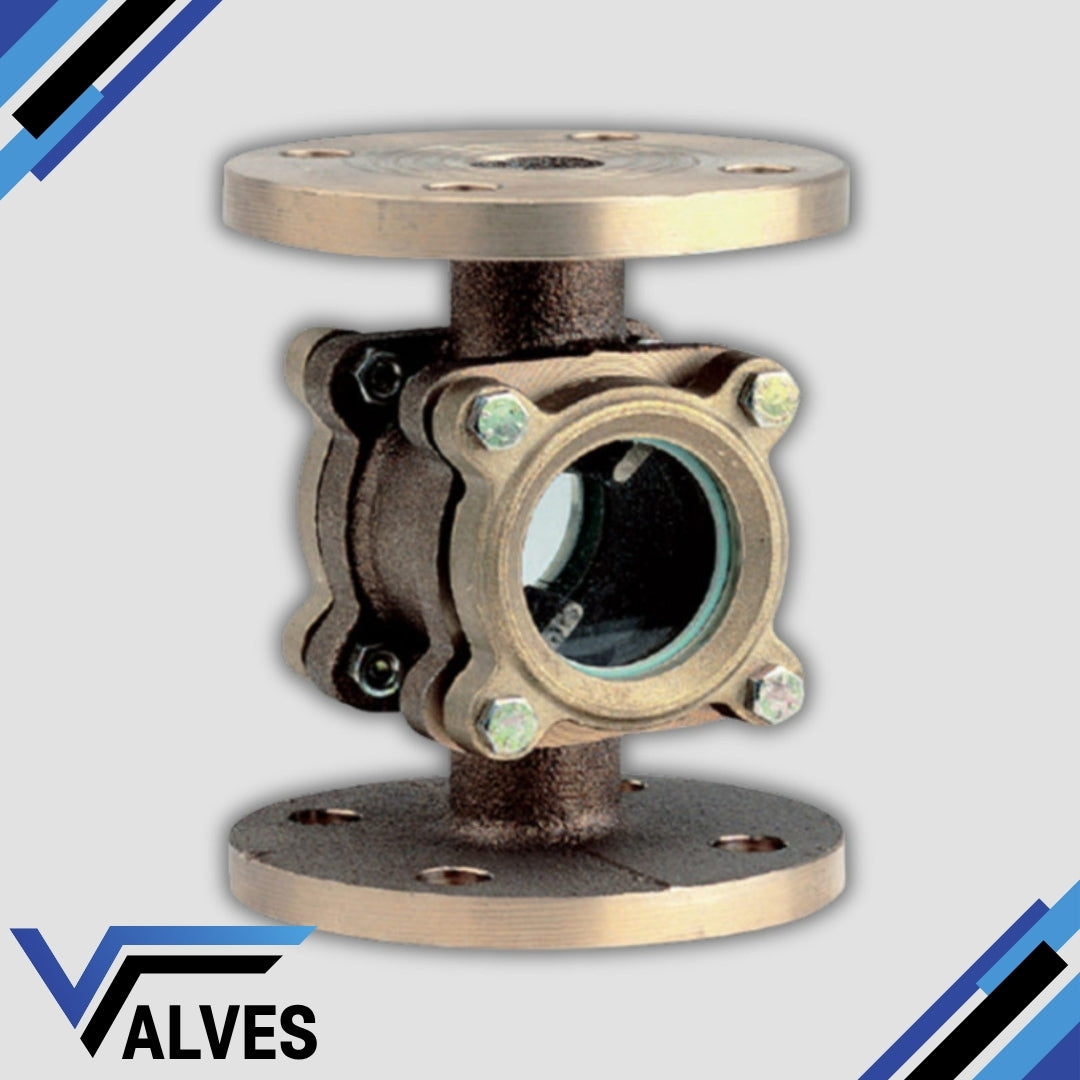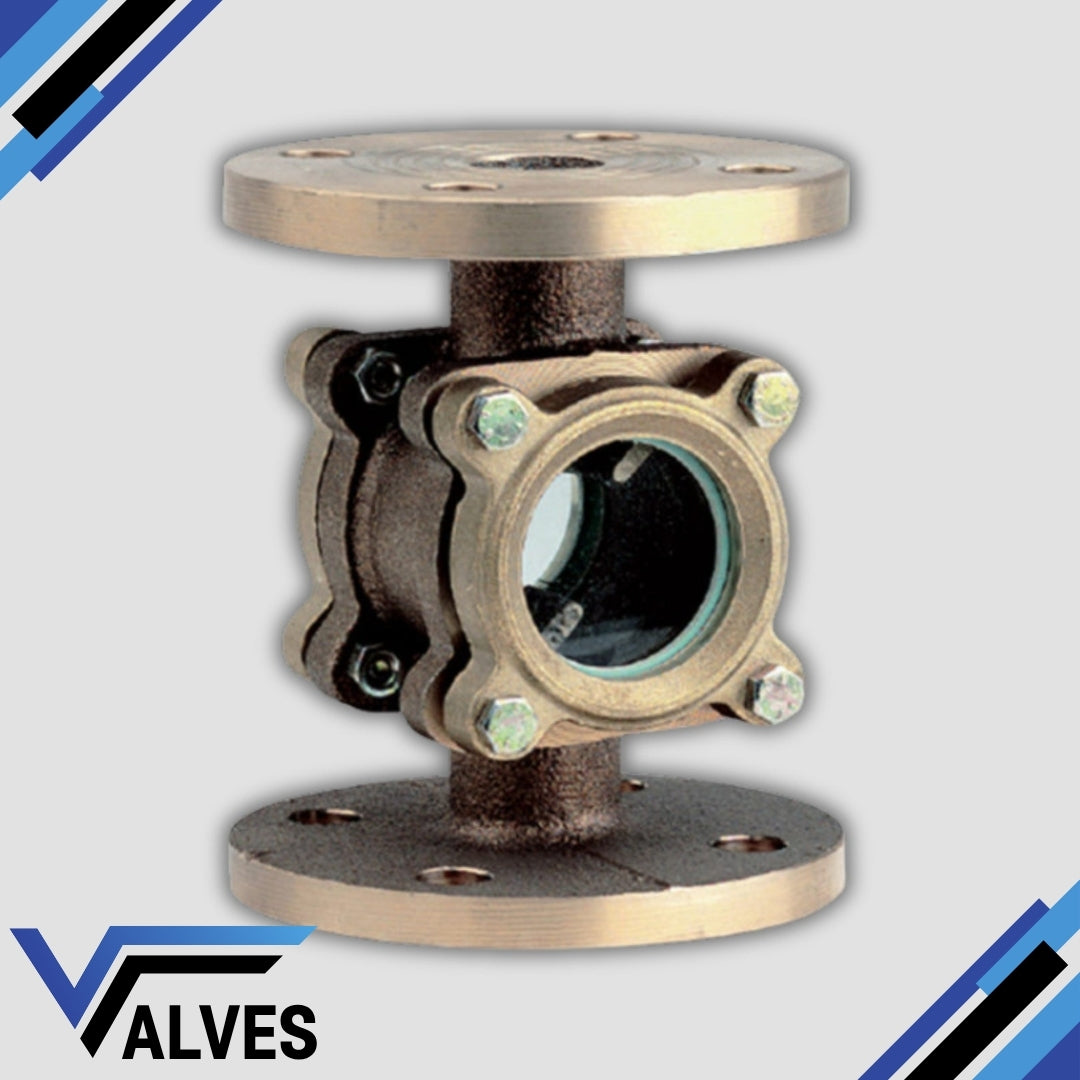Valves UK
Premium Bronze Sight Glass – Flanged PN16
Premium Bronze Sight Glass – Flanged PN16
Couldn't load pickup availability
The Premium Bronze Sight Glass – Flanged PN16 is a robust, industrial-grade solution for visual fluid monitoring in high-demand systems. Built from solid corrosion-resistant bronze and fitted with high-clarity toughened glass, it allows real-time inspection of media flow, condition, and cleanliness without system disruption.
Designed for long-term service in aggressive environments, this sight glass features PN16 flanged ends for secure, pressure-rated installation and easy integration into pipelines. Whether used in steam, chemical, water, or marine systems, it represents a superior blend of durability, precision, and engineering confidence.
Premium Features:
- Heavy-duty bronze body for extended life in demanding conditions
- Tempered sight glass for crystal-clear visibility under pressure
- PN16 flanged ends ensure reliable, leak-proof installation
- Suitable for a wide range of fluids including steam, oil, water, and process chemicals
- Ideal for marine, industrial, HVAC, and food-grade applications
- Built to support preventative maintenance and system optimisation
Share

FAQ's
What is the difference between a valve and an actuator?
What types of actuators are available?
The main types of actuators are:
Pneumatic actuators – use compressed air for fast, reliable operation.
Electric actuators – use electrical power for precise control.
Hydraulic actuators – use fluid pressure for high-torque applications.
Each type offers unique advantages depending on the environment, media, and system control needs.
How do I choose the right actuator for my valve?
To select the correct actuator, consider:
Valve type and torque requirement
Power source available (air, electric, or hydraulic)
Operating environment (temperature, humidity, hazardous area)
Control signal type (on/off or modulating)
Matching actuator torque and compatibility with the valve’s ISO mounting ensures reliable performance.
What are the main types of valves used in automation?
The most common valves in automated systems include:
Ball valves – for tight shutoff and quick operation.
Butterfly valves – for larger flow control with compact design.
Globe valves – for precise throttling and flow regulation.
Check valves – to prevent backflow.
Gate valves – for full bore flow isolation.
What’s the difference between a double-acting and spring-return actuator?
Double-acting actuators use air (or power) to both open and close the valve.
Spring-return actuators use air to open (or close) the valve, and a built-in spring to automatically return it to a safe position when power or air is lost — ideal for fail-safe operation.
How often should valves and actuators be serviced?
Regular maintenance intervals depend on operating conditions, but a good rule of thumb is to inspect every 6–12 months.
This includes checking for leaks, lubrication, seal wear, and actuator responsiveness to prevent unexpected downtime.

